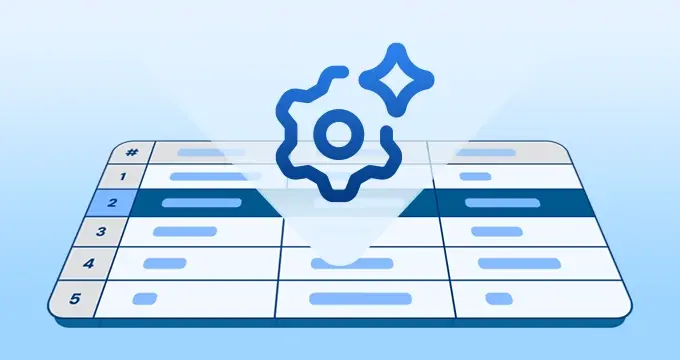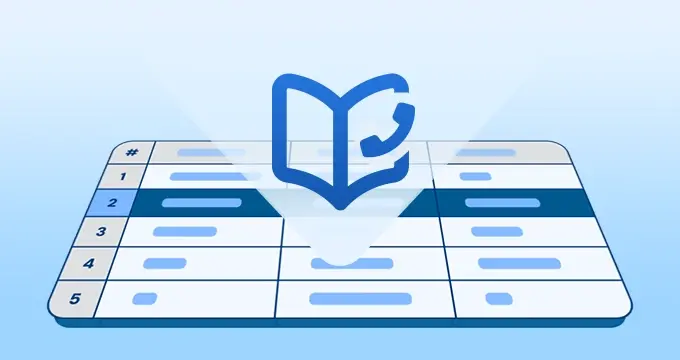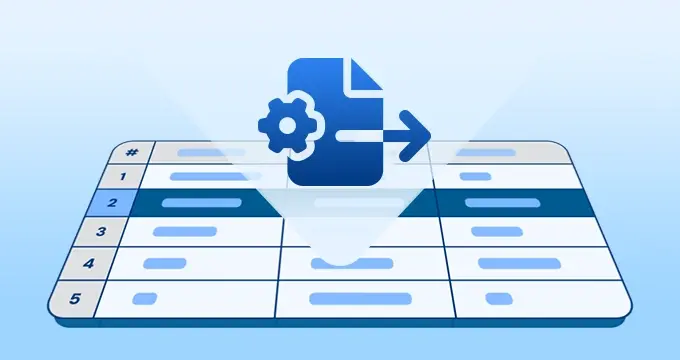Data enrichment is the process of enhancing existing and very often outdated information by incorporating data from external sources. This practice refines and updates the data, ensuring it is current and comprehensive. Data enrichment services are mostly related to business data, company information, financial data, weather data, intent data, and more. Data enrichment is essential for organizations aiming to improve their decision-making processes, marketing strategies, and overall data quality.
Data Enrichment meaning for us:
- Refining the existing information of your customers.
- Enhancing understanding of your customers’ needs.
- Providing appropriate information for analysis, decision-making, and strategy formulation.
What Data may be Enriched?
Most often companies opt to enrich: business data, contact data, customer data, email data, geographical data, financial data, social and behavioral data, technical data, and more.
Data Enrichment Examples
- Enriched Contact Dataset
Example: A company based in Europe has an old dataset with companies and their contact details based in the United States using 3D printing services. The company aims to update the outdated data and begin a marketing campaign, as they recently entered American markets and want to reach more customers and find their prospects. - Company Data Enrichment - CRM
Example: A company has a custom-built CRM utilized daily by many companies worldwide. One of the features available in the CRM is getting company data and contact details, to be able to target and perform mailing campaigns through the CRM. This company wants to keep real-time data, this is why once a week they update the whole database they have behind the CRM with companies and they contact details to make sure their customers may perform campaigns successfully. - Enhanced Customer Insights
Example: The type of information that a retail company adds are ages, income and geographic location of the clients. This helps the company in specifically marketing to each group/segment, and hence, they can engage the customers and even sell more of its products. - Improved Targeting and Personalization
Example: A USA online store complements its records with visitors’ activities. These enriched data facilitate in recommending the products leading to increased sale of products. - Increased Operational Efficiency
Example: A logistics company feeds geographical data and traffic into its system. This assists in determining the best delivery method or path that can be economically utilized in delivery services, hence boosting delivery efficiency by lowering the amount of fuel used. - Enhanced Risk Management
Example: A financial institution enriches its customer data with credit scores and the frequency and type of transactions. This aids in the identification of the risky customers and how they can be warded off hence helping minimize the losses that may be incurred.
Steps in Data Enrichment
- Data Collection
The first fundamental step employed in the process of enriching the data is, where the outdated data needed is gathered. This information can be produced in those information system databases that are kept in the company's possession, customer files, and many others. - Data Cleaning
It is paramount to reprocess the data for forwarded error, inconsistency, and duplicity before enriching the data. This not only secures the data but also makes certain that all the information that is inputted is real. - Data Integration
Integration in this step involves the merging of data from several sources to get the overall scenario of the situation. This is the process of getting relations between data that are in a similar context but do not belong to the same system. - Data Matching
The data from the existing databases is compared with the outside source for the match of the two. This helps to ensure that any external records that need to be appended to specific internal records are appended to the correct files. - Data Augmentation
By this, new and relevant values from the area outside the system are assimilated with information stored in the system. Such information can be demographic, firmographic, social network accounts, and many others. - Data Validation
The actual data that has been enriched is again verified to make sure that the kind of data collected is accurate and suitable for the processes to follow. This step also helps in the exclusion of previous and not-so-relevant information and makes the newly added information more relevant. - Data Deployment
Last, the data enrichment is made and deposed back to the basic primordial system for utilization. This enriched data can then be utilized for different business processes of an establishment, such as marketing, sales, and customer service, among many others.
Conclusion
For businesses looking to enhance their data, InfobelPro's services provide a reliable and efficient solution. InfobelPro has a set of data enrichment services aimed at improving B2B datasets and providing functionality that enables organizations to have accurate and complete data. By leveraging their comprehensive data enrichment capabilities, companies can ensure they have up-to-date information, enabling them to make informed decisions and achieve their business goals.





Comments